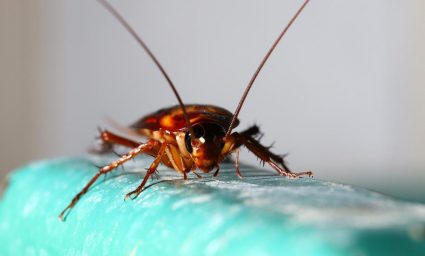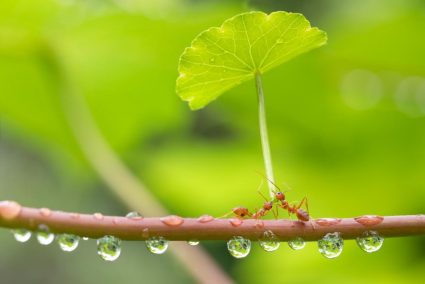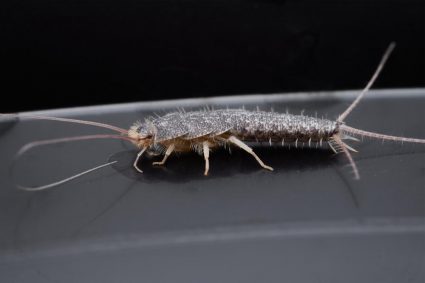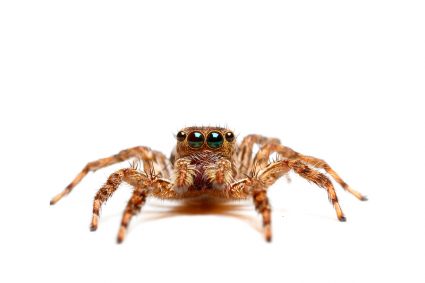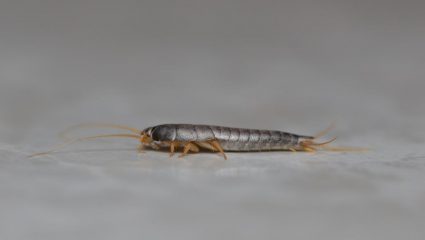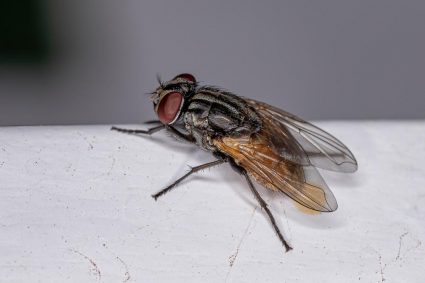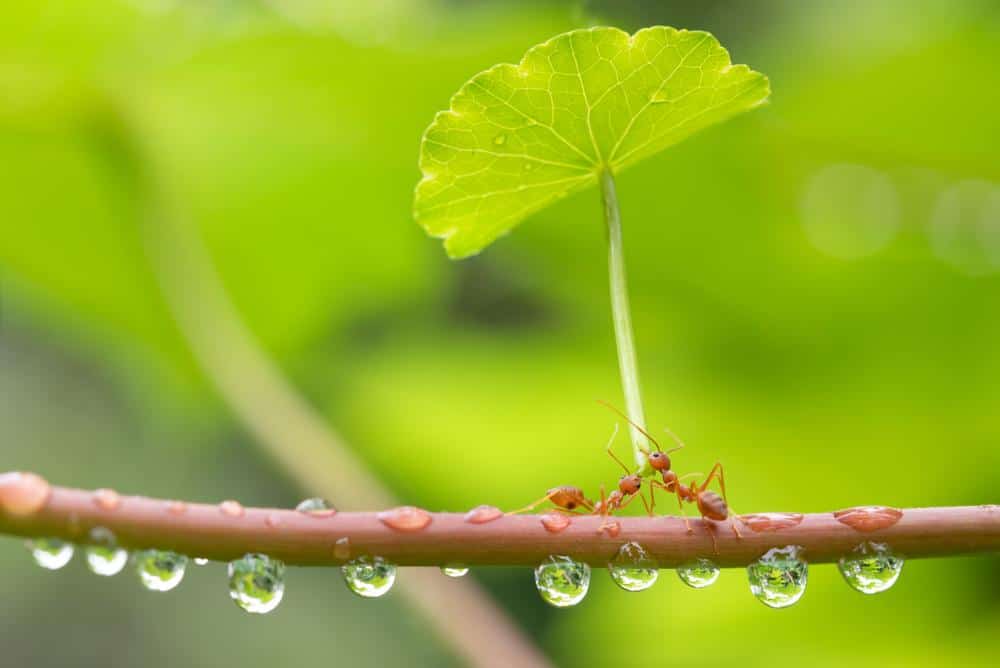
Red ants, also known as fire ants, are notorious for their painful stings and aggressive behavior. Their infestations can cause various problems, from structural damage to health risks. Therefore, it’s essential to know how to keep them at bay. In this comprehensive guide, we’ll delve deep into the world of red ants, exploring their attractants, identifying infestations, and offering multiple solutions to keep them away.
To keep red ants away, maintain cleanliness and eliminate food and water sources that attract them. Seal all potential entry points and regularly check your yard and houseplants for signs of infestation. Use natural remedies like white vinegar, cinnamon, peppermint oil, lemon juice, or diatomaceous earth. If the infestation is severe, consider using ant control products or hiring professional services. Regular vigilance and preventive measures can help keep these pesky invaders at bay.
What Attracts Red Ants?
Red ants are attracted to various factors such as food sources, moist environments, and debris. They have a keen sense of smell and can track down food from great distances. Particularly, they are attracted to sugary substances, fatty or oily foods, and pet food. Moisture is a crucial survival element for them; hence, stagnant water, leakages, and roof issues can attract them.
Identifying a Red Ant Infestation
Identifying a red ant infestation early can save you from potential damages and health risks. Look for signs like distinctive mounds in your yard, aggressive ant activity, painful stings and bites, damage to plants, and nesting mounds in your yard.
How to Keep Red Ants Away: Effective Methods
Now that we know what attracts red ants and how to identify their infestation let’s delve into the various methods to keep them away.
Natural Remedies
- White Vinegar: Mix equal parts white vinegar and water in a spray bottle and spray it on the ants and their trails.
- Cinnamon: Sprinkle ground cinnamon around entryways and ant trails.
- Peppermint Oil: Wipe suspected areas with a cotton ball soaked in peppermint oil or place the soaked cotton balls in areas where ants frequent.
- Lemon Juice or Citrus Peels: Squeeze lemon juice or place citrus peels around the areas where ants enter your home.
- Diatomaceous Earth: Sprinkle food-grade diatomaceous earth around the areas where ants are present.
Professional Services
If the infestation is severe and beyond control using natural remedies, you should consider hiring professional services like Orkin, Terminix, and TruGreen, who specialize in red ant removal.
Products for Red Ant Control
Several products are effective for red ant control, like AMDRO Kills Fire Ants Yard Treatment Bait, Hi-Yield Fire Ant Control with Acephate, Advion Fire Ant Bait, Extinguish Plus Fire Ant Granule Bait, Spectracide Fire Ant Shield Insecticide Granules, and Ortho Fire Ant Killer Mound Treatment.
Precautions to Prevent a Red Ant Infestation
To prevent a red ant infestation, homeowners should maintain cleanliness, eliminate water and food sources, seal entry points, maintain their yard, and check their houseplants regularly.
Potential Damages or Risks Involved with a Red Ant Infestation
A red ant infestation can cause structural damage to your property, damage electrical equipment, pose health risks due to their painful stings, and cause severe allergic reactions.
Conclusion
Keeping red ants away requires a combination of efforts, including cleanliness, moisture control, sealing entry points, using natural remedies or professional services, and taking necessary precautions. If you follow these steps and remain vigilant, you can protect your home from these pesky invaders.
Frequently Asked Questions
What are some other names for red ants?
Red ants are often referred to as fire ants. Their scientific name is Solenopsis invicta.
Can red ants cause allergic reactions?
Yes, some people can have severe allergic reactions to red ant stings. These reactions can include difficulty breathing, chest pain, nausea, severe sweating, slurred speech, loss of consciousness, or even anaphylaxis, a potentially life-threatening condition.
How fast can a red ant infestation spread?
A red ant colony can grow rapidly and spread quickly. A single queen can lay up to 800 eggs in a day and a mature red ant colony can contain hundreds of thousands of ants.
Can red ants infest indoor areas?
Yes, red ants can infest indoor areas if they find suitable conditions like food sources and moisture. They can invade kitchens, bathrooms, and other areas where they can find food and water.
Are red ants aggressive?
Yes, red ants are known for their aggressive behavior. They can attack and sting when their colonies are disturbed. Their stings are painful and can cause severe discomfort.
What is the lifespan of a red ant?
Worker red ants typically live for about 30 days, while queens can live for up to 7 years.

